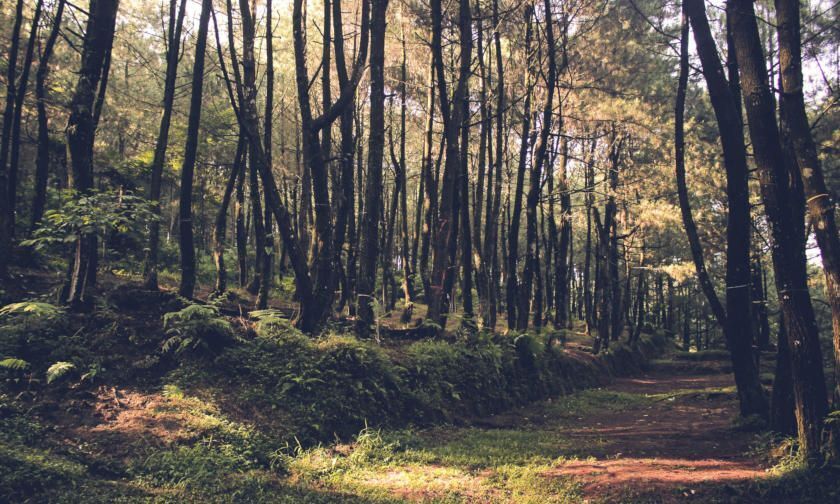‘Code of conduct’ is the foundation when performing activities within the natural environment. This page focuses on how to act within a natural space. It is important the group know at the start of their session how to act and respect the natural space.
Entering the woodland
We will all be respectful of this great resource as we explore and play within it, but know that when we enter, we are entering the home of many different creatures.
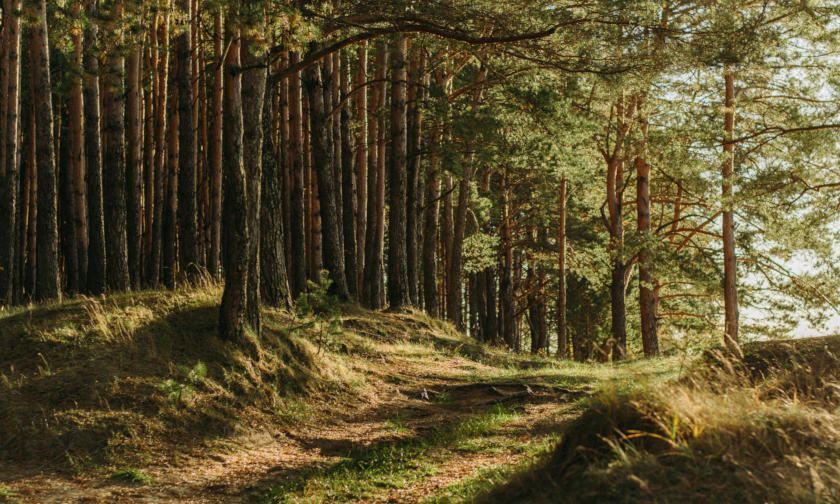
Collecting wood
When getting wood, it must be taken from a designated area or the ground. It must not be taken from living trees. Wood should also be collected sparingly, as to not disturb creatures’ habitats.
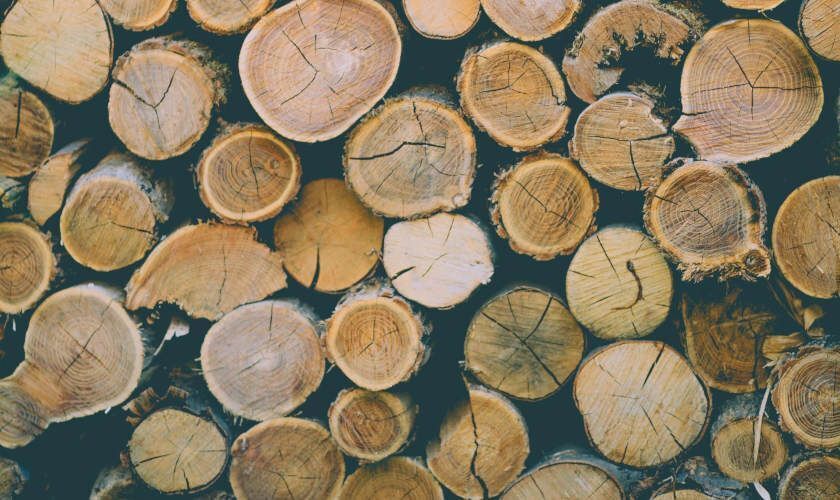
Boundaries
All members are made aware of where their boundary markers are, and a particular base is established.

Using rope & string
We use rope and string as a means to tie sticks together, to make shelters, and for themed activities. If playing games where children pracise tying others up, children must be monitored closely to avoid danger, heightened stress or discomfort.
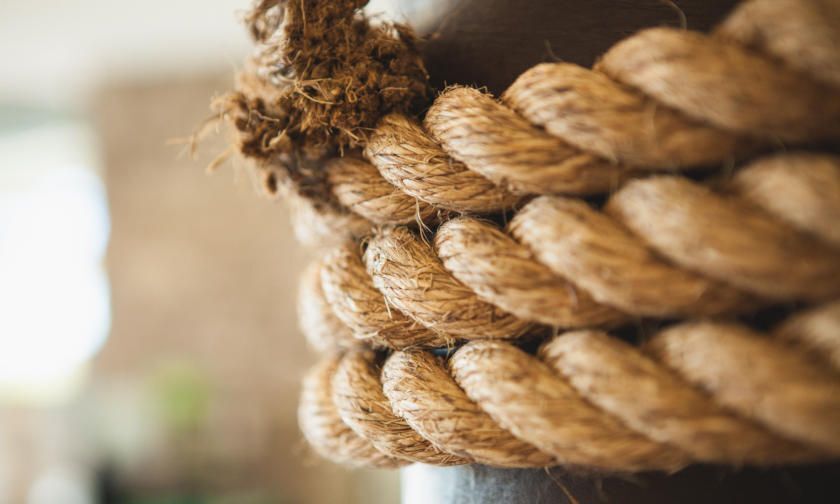
Carrying & transporting materials
All members are encouraged to lift objects safely by bending their knees, but also when handling heavier items to either drag, roll, or pull items using rope or hands.
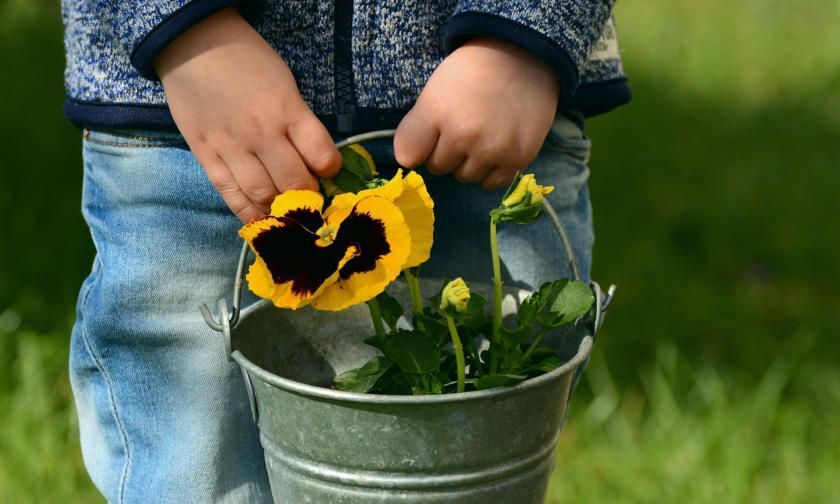
At the fire circle
Fires happen within the fire square and surrounding this is natural seating, which makes a fire circle. No one is allowed to walk within the circle unless invited to do so by an adult or the person managing the fire. If you wish to sit somewhere else then you must step out of the circle and walk round.
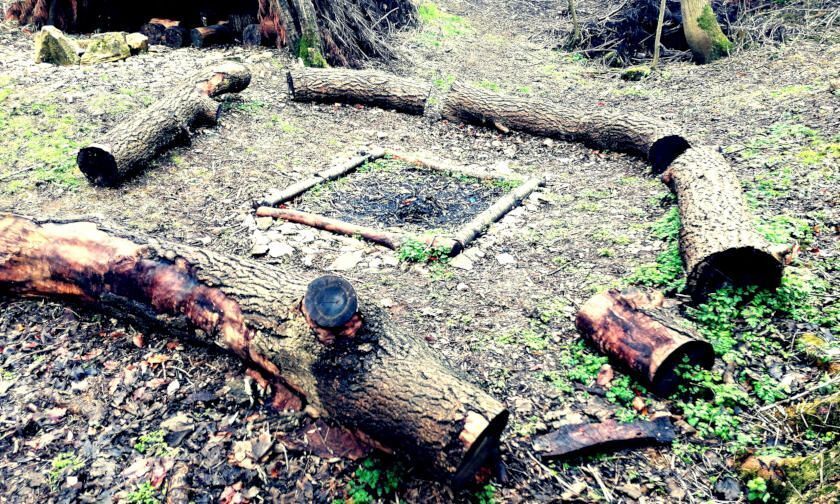
Picking up & using sticks
Members’ can use sticks, which are shorter than their arm’s length. They should drag longer sticks or get others to help. Sticks should be used two arm lengths distance away from others.

Lighting a fire
All members will be briefed and safety equipment will be in place before lighting a fire within the fire square. Once the fire is lit, it must not be left unattended.
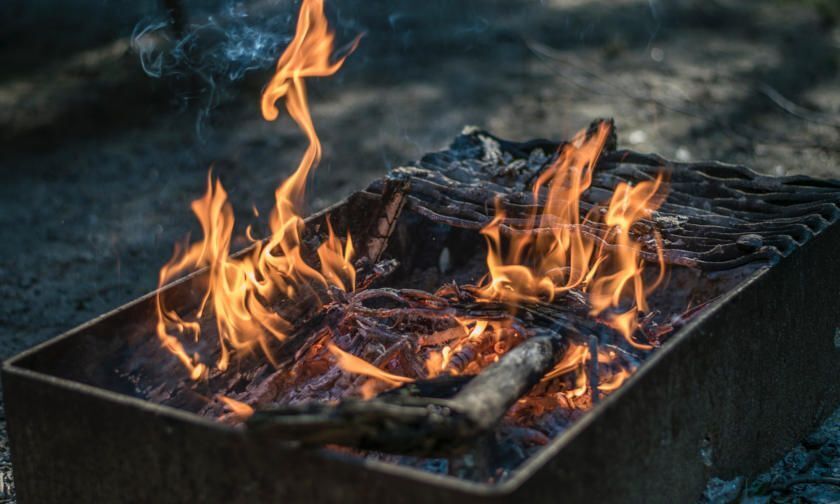
Eating & drinking
Nil by mouth should be the rule for anything found in the woodland, unless the session is planned to eat or drink within it (i.e. blackberry picking). Members are reminded not to put their hands in mouths and to use wipes and water to clean their hands.

Using tools
All tools have their own clear guidelines. These include: how to use the tool, what protective clothing to wear, safe distance from others, how to walk with the tool and how to pass it correctly.
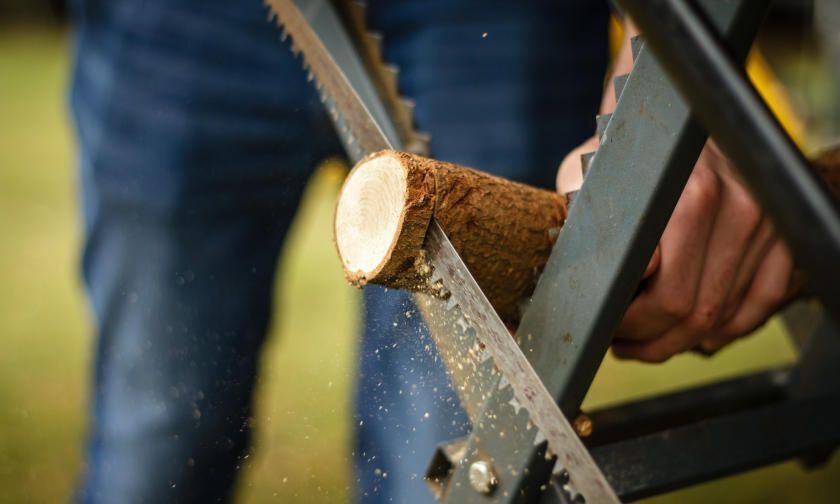
Digging
Groups are discouraged to dig holes but members, if careful, can move top soil in search of bugs using fingers and sticks.

Toileting
Groups should use toilets before leaving school/home, however if it is essential, then follow your environmental policy on how to go to the toilet outside (e.g. composting toilet, wee tree, using a she-wee).

Tree climbing
Groups are permitted to climb trees that have been marked as safe and climb up to 1.5 metres but an adult has to be present to spot (support) and the ground has to be clear from sharp objects.
The above sentence is a baby step away from the ‘cotton wool society’, which is good but it doesn’t give the child a level of independence and a level of risk and danger. Health and Safety Executive (HSE) Chair, Dame Judith Hackitt, explains why coping with risk and danger should be part of the curriculum .
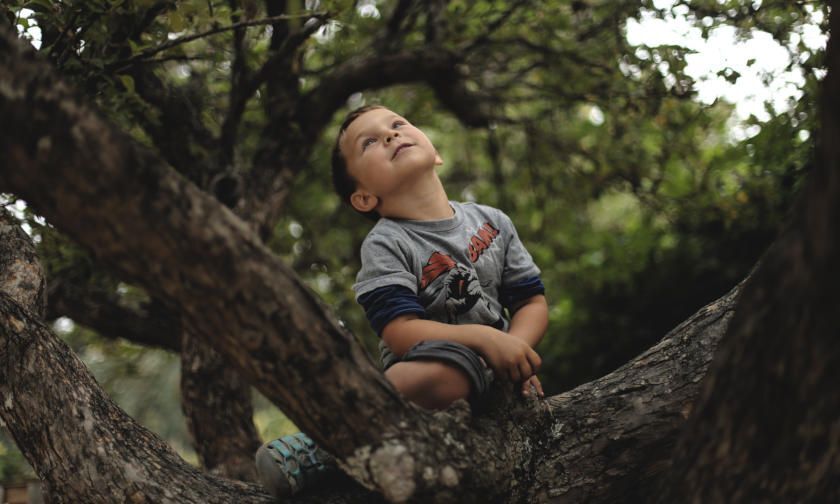
Leaving the site
It is good practise to adhere to the ethos of ‘leaving no trace’ as much as reasonably possible. For example, all rubbish should be collected, and all shelters made by members should be taken down.
